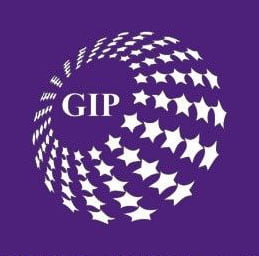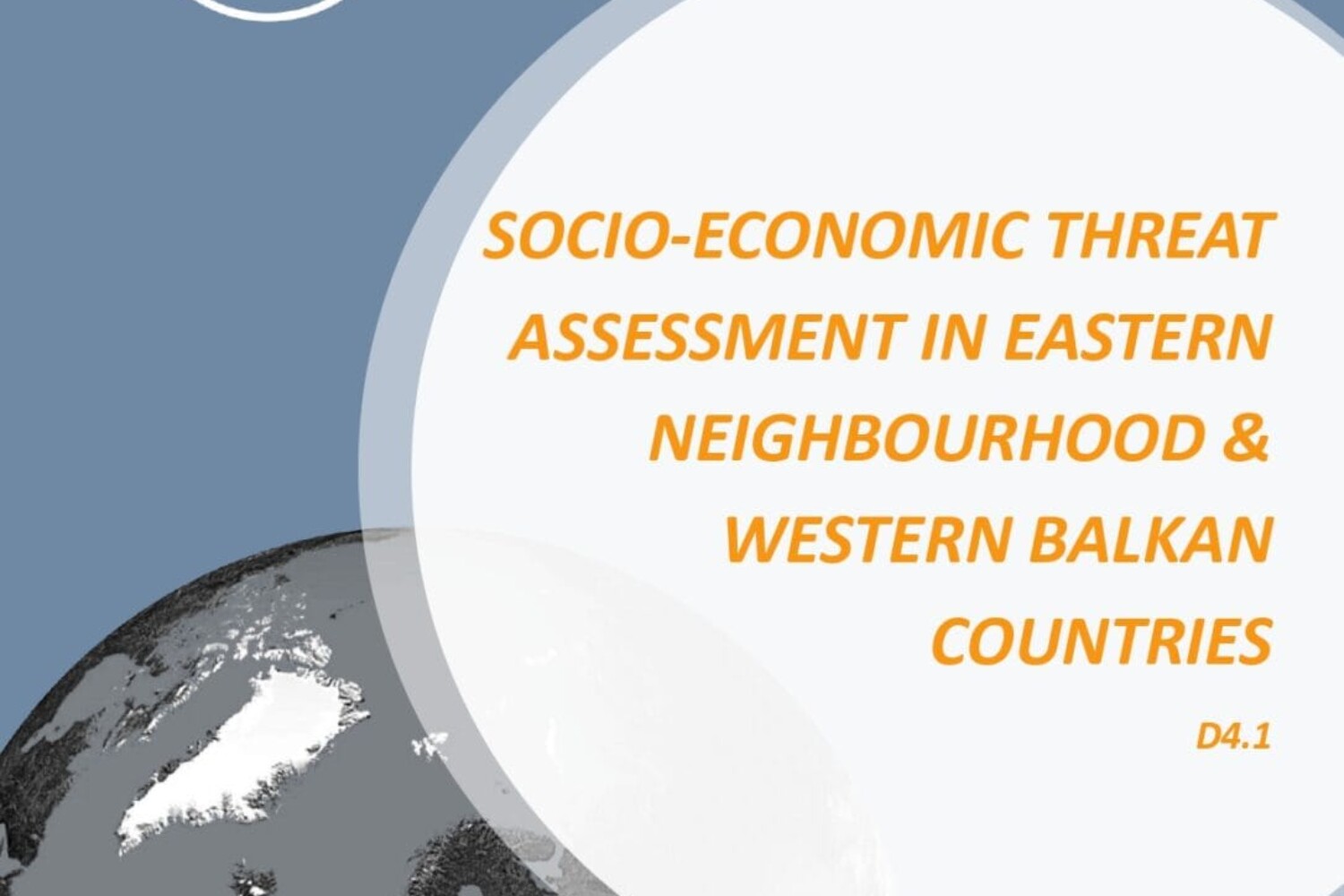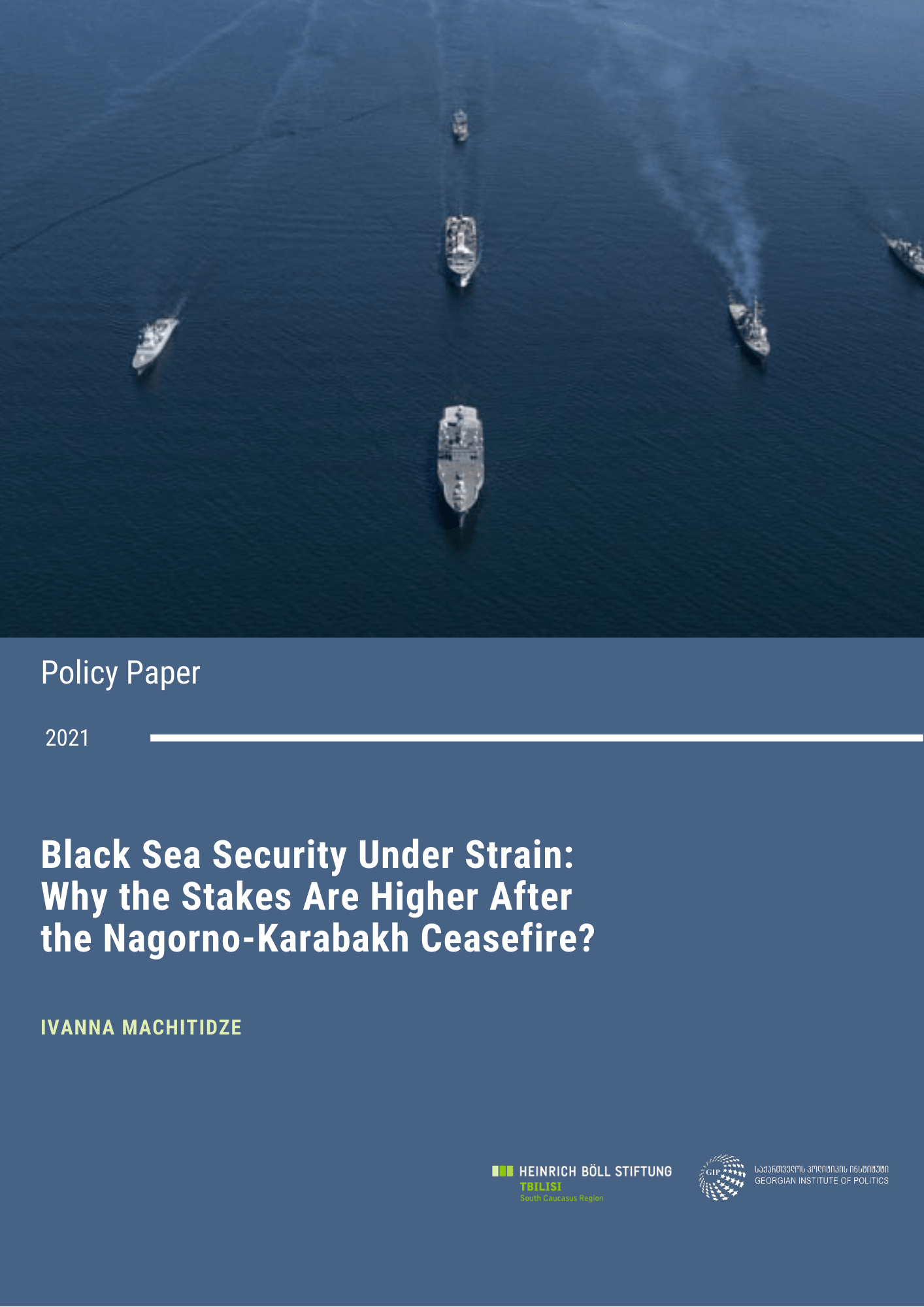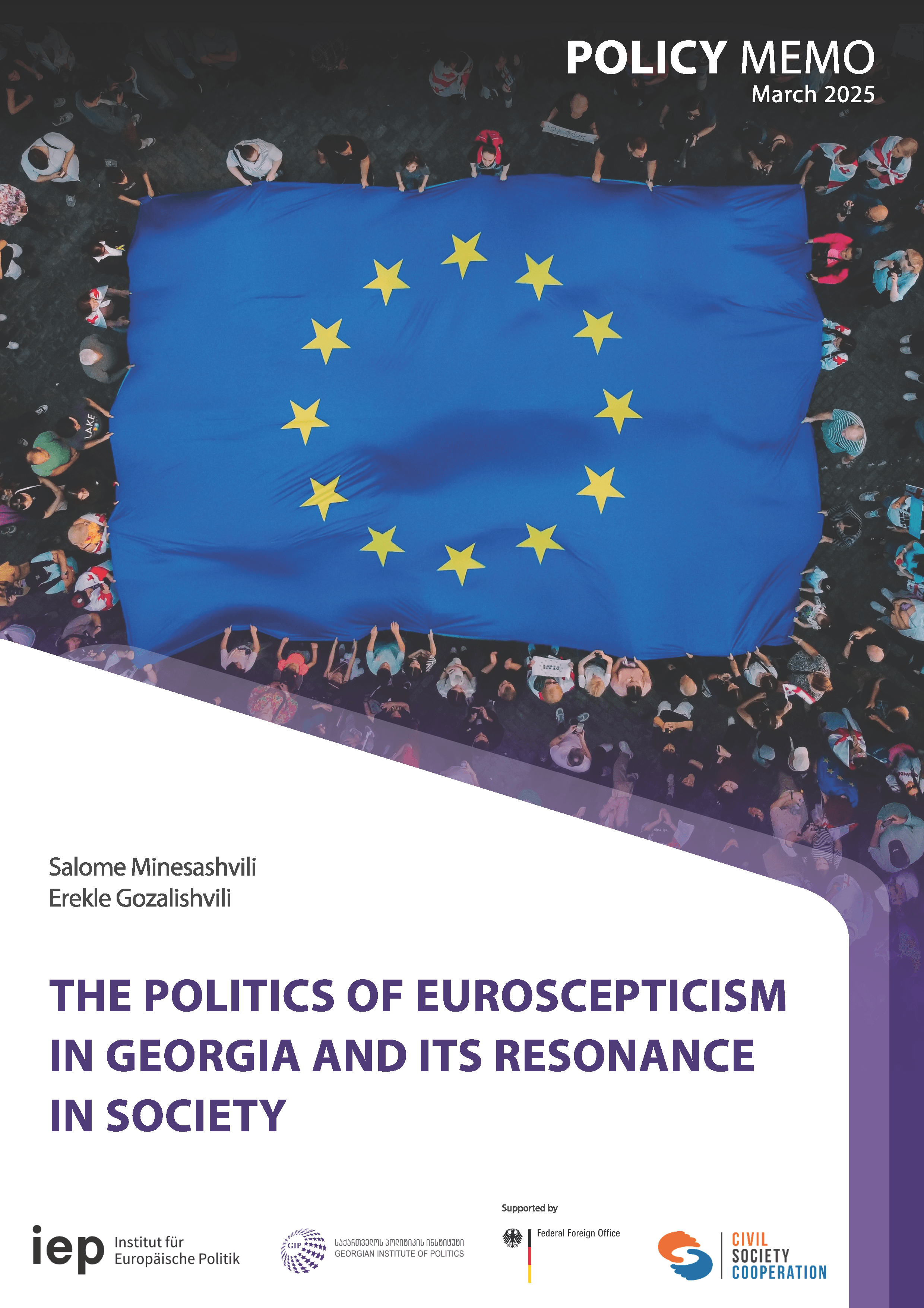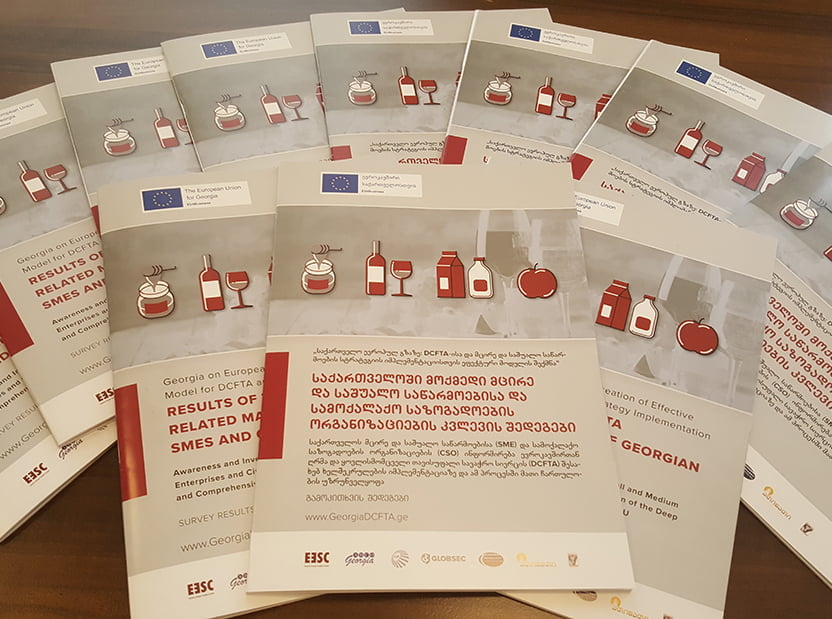2025-01-27 15:51:22
© Originally Published by REUNIR Horizon
Executive summary
This Working Paper investigates the most significant socio-economic threats posed by foreign actors to the Eastern Neighbourhood Three (EN3) and Western Balkan Six (WB6), focusing on their implications for the economic progress and EU accession of these candidate countries. The analysis is built upon a comprehensive threat-mapping exercise that incorporates primary sources, such as national security documents, and secondary sources, including academic studies, policy reports, and media coverage. Quantitative data and indicators are also employed to highlight the socio-economic dependencies of these regions on external actors. Expert interviews were conducted to validate and refine the findings.
The Paper presents case studies for each EN3 and WB6 countries to examine key malign actors, the instruments of their inference, likelihood, and impact of the identified threats. The analysis identifies several high-likelihood and high-impact threats from socio-economic perspectives, such as manipulation of energy dependencies, trade embargoes, exploitation of remittance reliance, leveraging investments in strategic sectors and critical infrastructure, fuelling corruption, passportisation, borderisation, exacerbating socio ethnic divisions, fostering socio-economic inequalities, and altering population and labour force structures. The Paper identifies Russia as the key malign actor, mainly in the EN3, while Türkiye, China and some of the Gulf states are the source of socio-economic threats mainly in the WB6. The Working Paper shows that the likelihood and impact of these threats vary across the EN3 and WB6 countries, reflecting their differing socio-economic dependencies on identified foreign actors and the geopolitical tensions in the two regions.
Socio-economic threats stemming from Russian interferences predominantly have a high negative impact on socio-economic structures and European integration prospects of these candidate countries in the short term, though their magnitude tends to diminish in the medium to long-term. While threats arising from the interferences of Türkiye, China and Gulf states are highly likely to yield high negative impact in the long-term. This timeframe provides a crucial window for the EN3 and WB6 countries, along with the EU, to take proactive measures in crafting strategies that enhance resilience, address and potentially prevent the emergence of these socio-economic threats, and promote sustainable socio-economic development and European integration in both regions.
Overall, the Paper offers a comprehensive and nuanced analysis of the socio-economic threats confronting socio-economic development and European integration of the EN3 and WB6 countries. The findings aim to inform policymakers about both the common and region-specific challenges facing the EN3 and WB6, highlighting critical areas where the EU and these candidate countries should concentrate their efforts to strengthen socio-economic resilience in the timeframe of 2025 – 2035.
Funded under the European Commission’s Horizon Europe programme, project ID No. 101132446. The content of this working paper represents the views of the authors only and is their sole responsibility. The European Commission does not accept any responsibility for use that may be made of the information it contains.
PROJECT NUMBER: 101132446
PROJECT ACRONYM: REUNIR
PROJECT NAME: Future-proofing EU security, enlargement and eastern neighbourhood policies for a new age of international relations
WORK PACKAGE: WP4 – Political exploitation of socio-economic interdependences: threats and resilience
AUTHORS: Akhvlediani Tinatin (CEPS), Balbon Niklas (GPPi), Ghiletchi Stanislav (IPRE), Friedrich Julia (GPPi), Lebanidze Bidzina (GIP), Kandelaki Salome (GIP), Osypchuk Anna (NaUKMA), Pejić Nikić Jelena (BCSP), Suslov Anton (NaUKMA).

